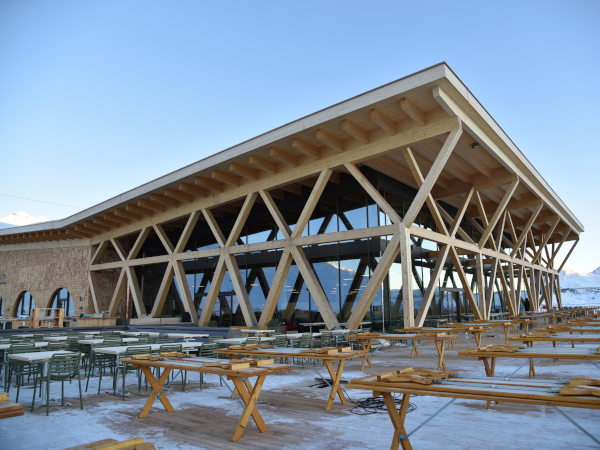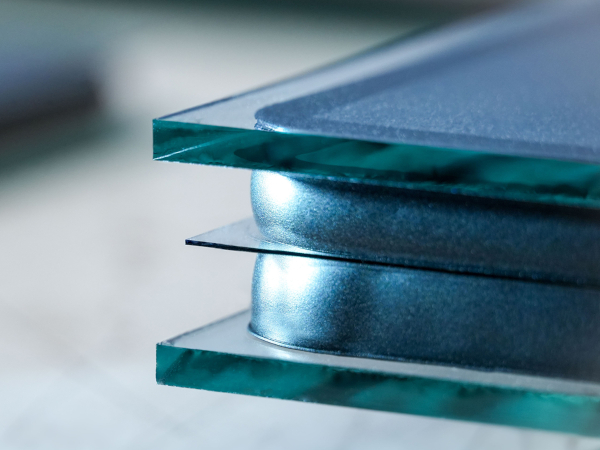Date: 8 April 2014
Two properties are key when considering the thermal performance of glazing, the thermal transmittance (U value) and the solar factor (g value), which define the amount of heat loss and the amount of energy gained by solar heating respectively.
.jpg)
A little-used comparison tool is contained within the standard EN ISO 14438, ‘Glass in building - Determination of energy balance value - Calculation method’. This method combines the effect of solar factor, g value and thermal transmittance (U value) and takes into account the installation region and orientation of the glazing. The calculation allows any U and g values to be entered in order to calculate effective U values, or energy balance values, for Scotland, UK North and London, Thames Valley and the Midlands. The orientation options are, unsurprisingly, north, south and east/west. The calculation applies to the period where heating is used in the home and for the UK this is based on the months September through to May.
As an example, we have taken north-facing glazing in Scotland and in the south of England. If we compare a typical unit that might be used in an A rated DGU (U=1.2 , g =0.75 based on centre pane values) and a triple glazed unit (U=0.53 , g =0.47 ) we get:-
Worked Examples
Example 1 - Effective U Values calculated for a North Orientation in Scotland
.jpg)
Example 2 - Effective U Values calculated for a North Orientation in London, Thames Valley and the Midlands
.jpg)
A negative value means that the glass is calculated to let in more heat than it loses. In this example triple glazing is the best performer - providing that you can ventilate any excess heat out of the room.
These figures are only based upon specific products variants used in this calculation, of course and different products, coatings or pane configurations will result in different results. The method enables producers to compare the performance of their glazing products. The energy balance value should not be used for energy use or heating capacity calculations in buildings.
Where windows do not naturally get the sun, due to aspect or shading, then products with a low U value will provide the greatest benefit and in these locations this is typically a triple glazing configuration.
The values of the calculation vary with location and orientation and you may find that a mixture of glass types in one building gives the best overall performance – therefore correct assessment and configuration of each installation is essential to provide optimal benefit and return on investment for the customer.
GTS have made a free “Effective U Value” calculator available on their recently launched website, which can help specifiers determine the optimal glass depending on location and aspect of each insulating glass unit:
www.glass-ts.com/effective-u-value-calculator
For more information about Glass Technology Services Ltd (GTS) please see www.glass-ts.com, telephone +44 (0) 114 290 1801 or email enquiries@glass-ts.com.
Image Credit - Franck Boston/shutterstock.com









Add new comment